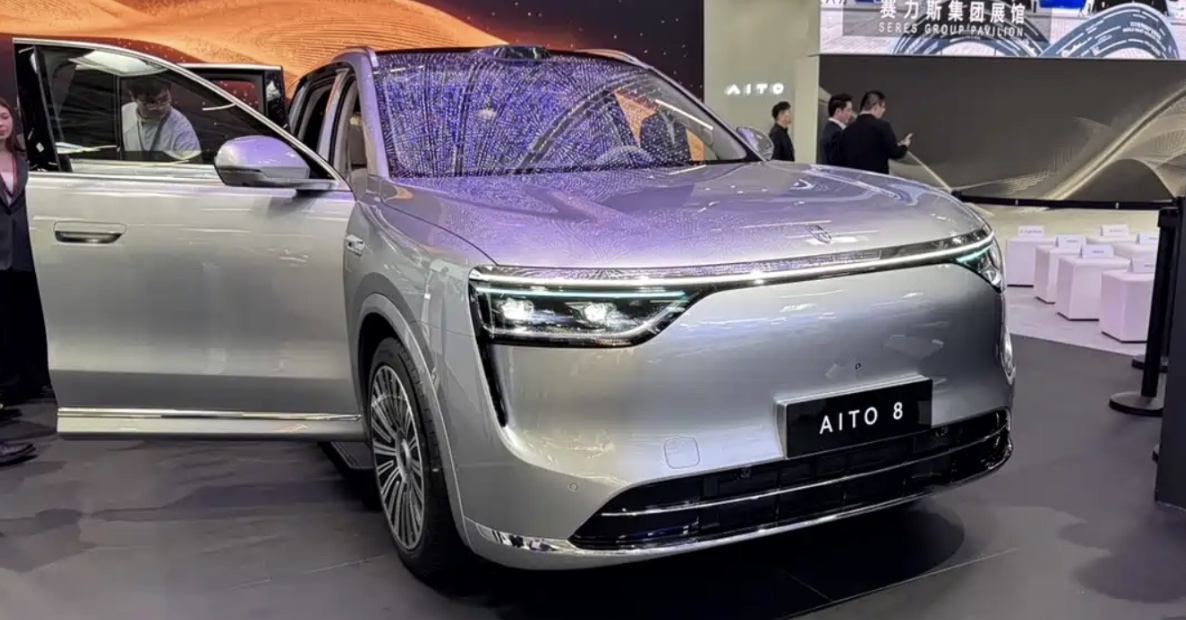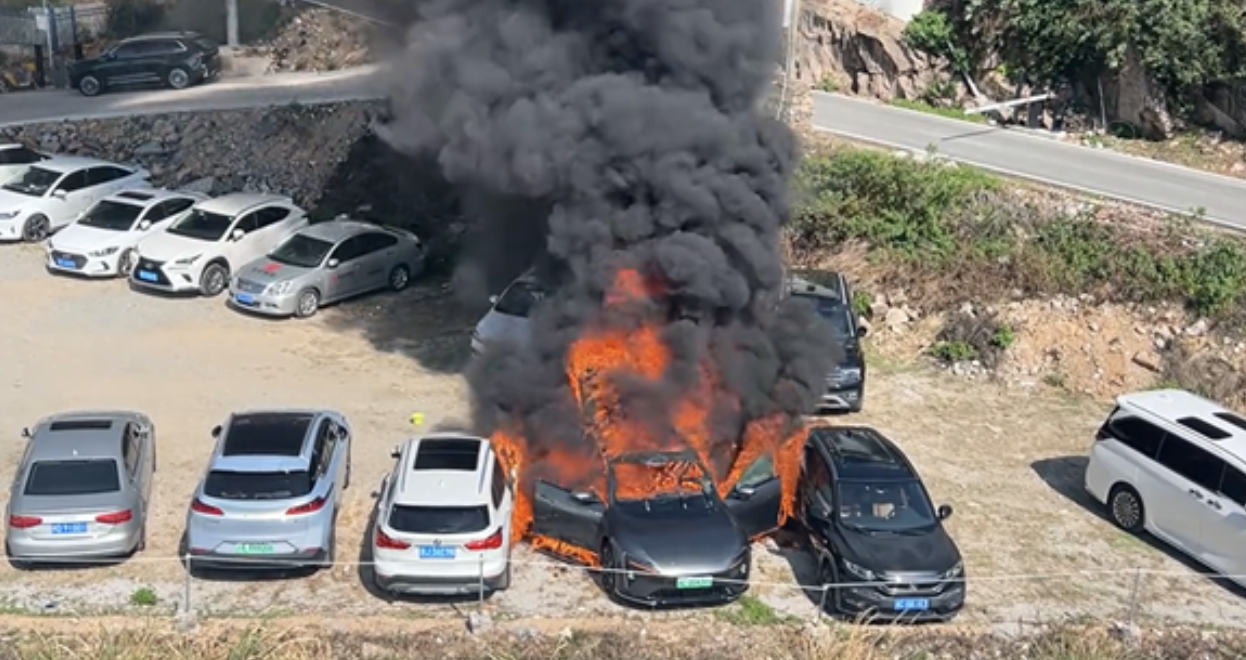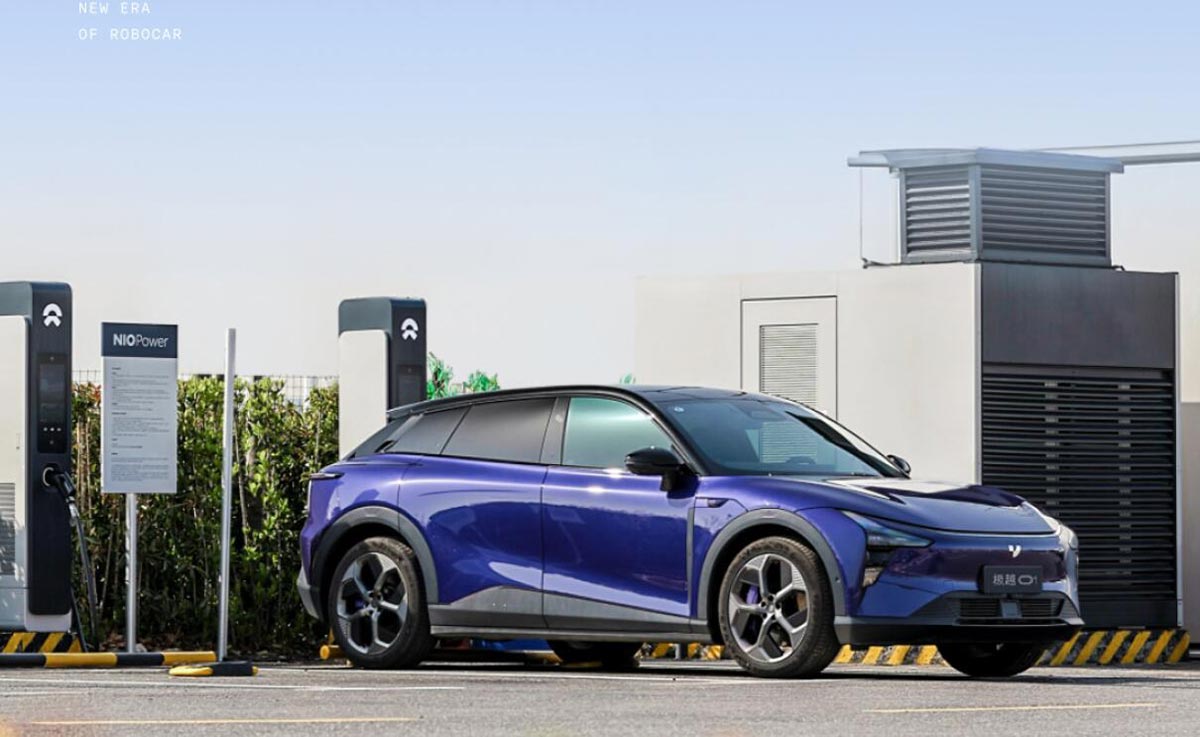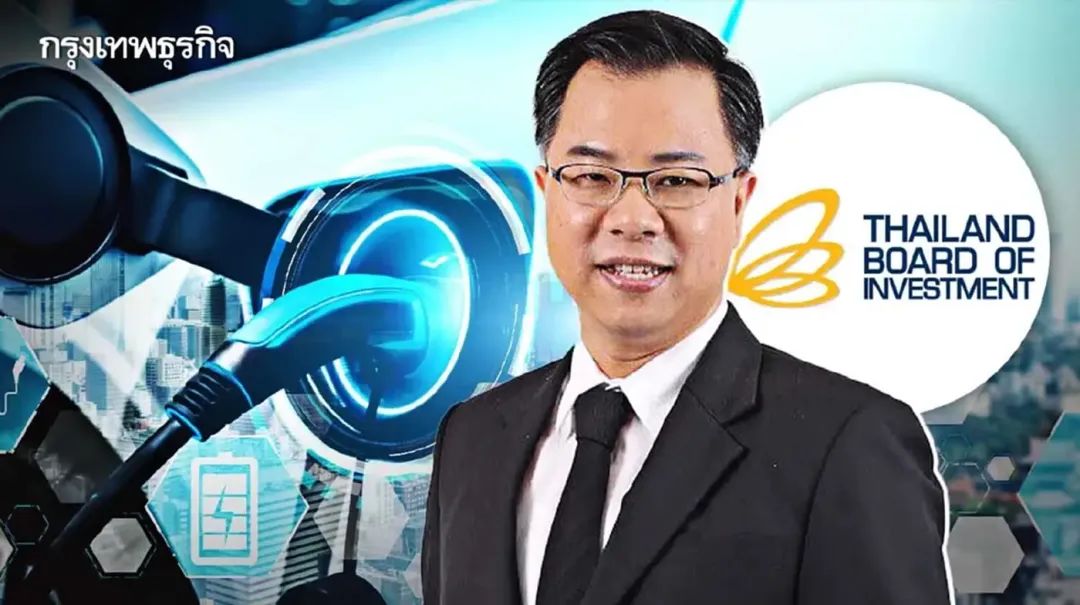Chinese Automakers Shine at the 2025 Munich International Motor Show
On September 9 (local time), the 2025 Munich International Motor Show (IAA Mobility) officially opened at the Munich Exhibition Center. Compared with the previous edition in 2023, the number of Chinese exhibitors surged from over 70 to 103 companies, representing the largest foreign presence after German brands. Chinese companies showcased a full industry chain lineup, including complete vehicles, batteries, electric drive systems, smart technologies, software electronics, and charging solutions.

The Munich Motor Show, formerly known as the Frankfurt Motor Show (Internationale Automobil-Ausstellung, IAA), is one of the world’s five largest auto shows and Europe’s biggest international car exhibition. With more than a century of history, it has played a crucial role in the development of the global automotive industry. In 2021, the IAA relocated to Munich and was renamed the Munich Motor Show, with a strong focus on electrification, autonomous driving, and smart mobility.
Chinese Presence Becomes the Highlight
While German giants such as Mercedes-Benz, BMW, and Volkswagen remain the protagonists, Chinese automakers have emerged as a key driving force behind the show’s popularity—almost to the point of outshining the hosts. According to reports, 14 Chinese carmakers attended, including BYD, Leapmotor, AITO, Xpeng, Chery, and Deep Blue Auto, accounting for 50% of all automaker exhibitors.
Xpeng Motors unveiled the all-new Xpeng P7 in its overseas debut. Already on sale in China (priced from 219,800 to 301,800 yuan), the P7 is a mid-size pure EV built on an 800V platform with both RWD and AWD options, offering up to 820 km CLTC range. Other updated models such as the G6, G9, and X9 also made appearances.
Leapmotor introduced the Lafa5, its first new model launched overseas. Positioned as a compact hatchback, the Lafa5 will be released at the 2025 Guangzhou Auto Show before entering broader global markets next year. Meanwhile, Leapmotor also displayed the B01, C11, C16, and C10. The B01, a compact pure electric SUV built on the LEAP 3.5 B-architecture, offers 510 km and 600 km CLTC range options, with a European starting price of €29,900 (approx. 250,000 RMB).
GAC Group showcased several models, including the Trumpchi GS7 (domestic Xiangwang S7), Trumpchi E9, Hyper HL, Aion V Tyrannosaurus, and Aion UT. The Aion V Tyrannosaurus starts at €35,990 (approx. 300,900 RMB). The Aion UT is set to launch in Europe in 2026.
Other Chinese brands present included Denza (Z9GT, D9), FAW Hongqi (EHS5, domestic Tiangong 06), BAW (212 T01), Levdeo (L6e, L7e), BYD (Seal 6 DM-i Touring, domestic Seal 06 DM-i Wagon), and AITO (M5, M8, M9)—most of them focused on electric vehicles.
German Automakers Respond with EV Push
The 2025 Munich Auto Show also highlighted Europe’s accelerating pivot to new energy vehicles (NEVs). Large-displacement performance cars—once the stars of auto shows—were overshadowed by a strong wave of electrification.
BMW unveiled the new-generation iX3 at its Munich HQ ahead of the show. Retaining the essence of the Vision Neue Klasse X (VNKX) concept, the model adopts a redesigned kidney grille and represents a milestone in BMW’s smart-electric transition. The new iX3 will launch in overseas markets by late 2025, with a long-wheelbase version expected in China in early 2026, priced from around 300,000 RMB.
Mercedes-Benz premiered the all-new GLC EV, built on a dedicated EV platform rather than a fuel-to-electric conversion. It features a completely new design language and a record-breaking 39.1-inch MBUX Hyperscreen. Production will take place in Bremen (Germany) and Beijing (China), with potential assembly in Tuscaloosa (U.S.). A long-wheelbase version for China is slated for next year, positioned against BMW’s new iX3.
Volkswagen introduced the ID.Cross Concept (a pure electric T-Cross variant on the MEB Entry platform) and the ID.POLO, which will succeed the iconic Polo in the EV era. The ID.POLO is scheduled for release in May 2026, with sales beginning in autumn that year. A GTI version is planned for late 2026.
Audi showcased the Concept C, a new all-electric two-seat roadster with a retractable hardtop and a 10.4-inch foldable central screen. Production models will be built at Böllinger Höfe.
Skoda debuted the Epiq Concept, a small electric SUV based on the same platform as VW’s ID.Cross, planned for European launch in 2025.
Renault presented four models: the new Clio, Embleme Concept, 5 Turbo 3E, and 4 E-Tech, with the updated Clio as the centerpiece.
Strategic Implications
The clash between Chinese and German automakers is not only about products and technologies, but also about strategies and ecosystems. Under the backdrop of tariffs and ICE bans, both sides face challenges and opportunities.
Although Chinese brands gained enormous attention in Munich—sometimes even outshining local German players—they still face hurdles in brand recognition and distribution networks. European consumers remain less familiar with Chinese brands compared to German and Japanese competitors, especially in the premium segment, due to China’s shorter history in Europe and weaker cultural branding. Concerns about quality and reliability also persist, limiting further expansion.
However, as global electrification accelerates, German carmakers are stepping up their EV efforts. Still, NEVs are China’s core strength, making Chinese automakers increasingly central at global auto shows. With localized production capacity and technology standards, Chinese brands are poised to transition from outsiders to mainstream players in the European market.



